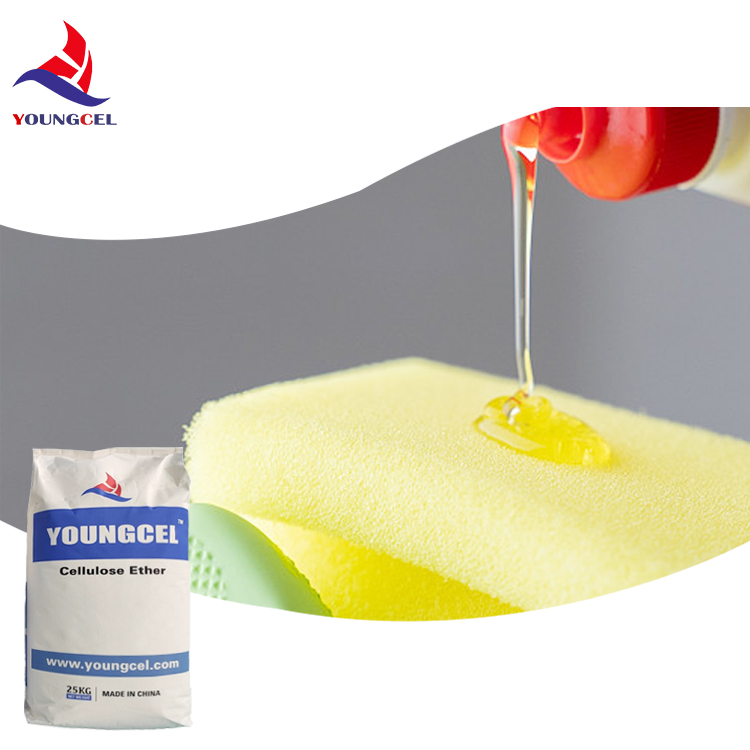Understanding Adhesive Chemicals Properties, Types, and Applications
Adhesive chemicals play a pivotal role in various industries, from construction and automotive to electronics and consumer goods. These substances enable materials to bond together, offering strength and durability in countless applications. As we delve into the world of adhesive chemicals, it is essential to understand their properties, types, and the myriad of uses they have.
At the core of any adhesive is its ability to create a bond between two surfaces through physical or chemical means. The effectiveness of an adhesive depends on several factors, including its viscosity, adhesion, cohesion, and the conditions under which it is applied. Viscosity refers to the thickness of the adhesive, which can affect how easily it spreads and penetrates the surfaces being bonded. A high-viscosity adhesive may be better for vertical surfaces where it won’t drip, while a low-viscosity adhesive might be suitable for intricate applications requiring more precise control.
The types of adhesive chemicals can be broadly classified into several categories
. The most common types include1. Organic Adhesives Derived from natural sources, such as animal or plant materials, these adhesives have been used for centuries. Examples include casein glue, made from milk proteins, and starch adhesives, often used in packaging.
2. Synthetic Adhesives These are chemically engineered adhesives, which can be tailored to exhibit specific properties. Common types include epoxy, polyurethane, and acrylic adhesives. Each of these has unique characteristics making them suitable for various applications—from structural bonding in construction to flexible bonding in automotive manufacturing.
adhesive chemical

3. Pressure-Sensitive Adhesives These adhesives bond with the application of light pressure and do not require heat or solvents to activate. They are widely used in tape manufacturing and labels, providing convenience without the complexity of curing processes.
4. Hot Melt Adhesives Applied in a molten state, these adhesives cool and solidify to create a strong bond. They are commonly used in packaging, woodworking, and crafting due to their quick set times and ease of use.
5. Water-based Adhesives These adhesives use water as a solvent and are considered more environmentally friendly. They are often used in paper bonding, woodworking, and textiles, benefiting from lower toxicity and easier cleanup.
The applications of adhesive chemicals are boundless. In the automotive industry, adhesives are used to bond components, reducing vehicle weight and improving fuel efficiency. In construction, they enhance the strength and longevity of buildings by securely attaching materials. The electronics sector relies on adhesives for assembling devices, ensuring components remain intact under various conditions.
Further advancements in adhesive chemistry involve the development of more sustainable and eco-friendly options. As environmental concerns continue to rise, researchers are exploring natural adhesives and biodegradable materials that can provide effective bonding without harming the ecosystem.
In conclusion, adhesive chemicals are vital to numerous sectors, contributing to the performance, reliability, and sustainability of products. By understanding the properties and types of adhesives, industries can make informed decisions that optimize their applications while also considering environmental impacts. As technology progresses, the future of adhesives looks promising, with innovations likely to pave the way for even more efficient and sustainable bonding solutions.
-
The Application and Significance of Construction RdpNewsMay.19,2025
-
Industrial Grade HpmcNewsMay.19,2025
-
Building Coating Adhesive Building Coating Adhesive HpmcNewsMay.19,2025
-
Application Of Hpmc For Detergent For Detergent In DetergentsNewsMay.19,2025
-
Application Of Hpmc Cellulose In Cement-Based MaterialsNewsMay.19,2025
-
Application Of High Quality Hpmc For Construction In The Field Of ConstructionNewsMay.19,2025




